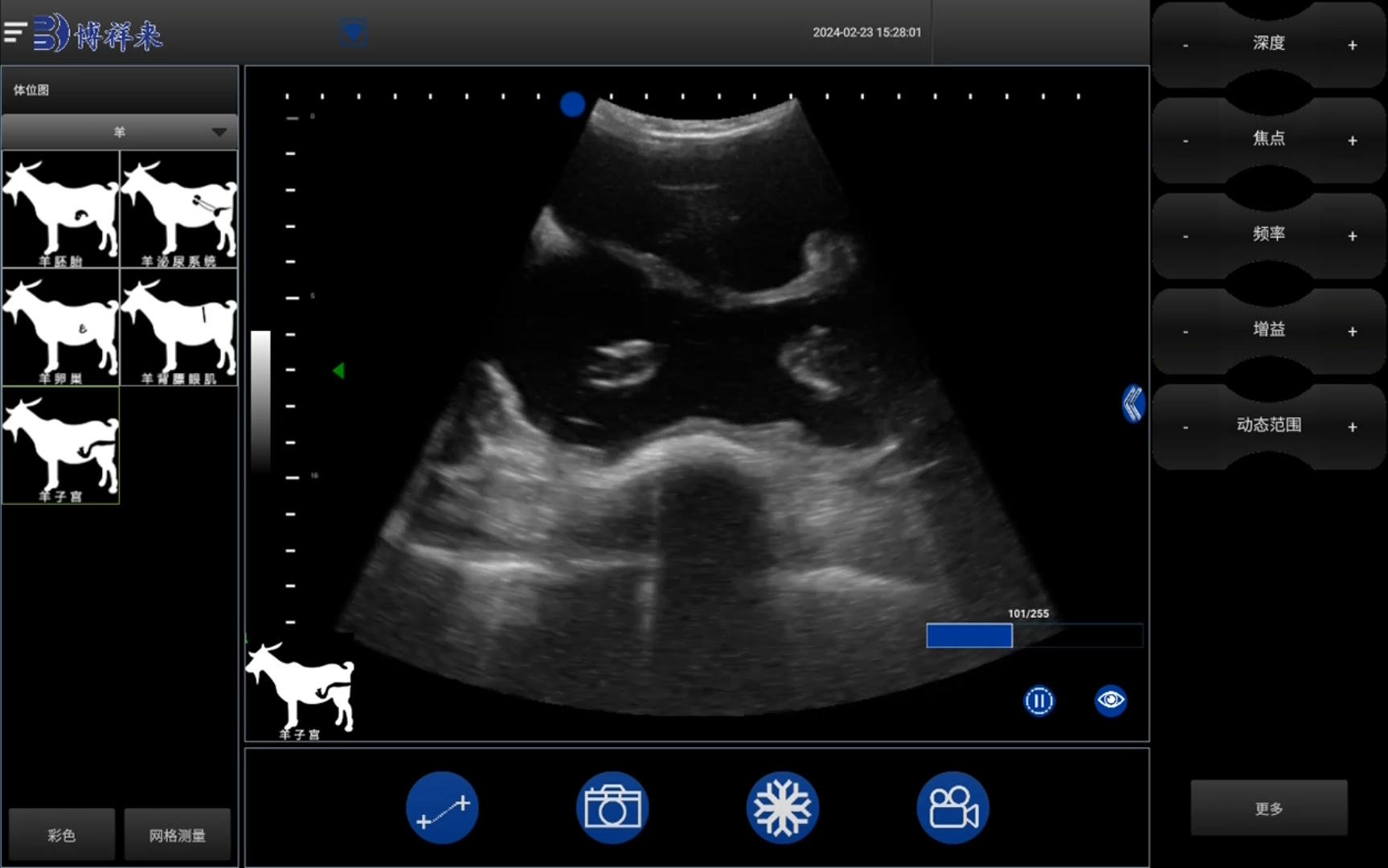Most sheep breeds have distinct estrus seasons and anestrus seasons. This seasonal change in reproductive characteristics is formed through long-term natural selection and gradual evolution. The main determining factor is that the environmental conditions at the time of delivery must be conducive to the survival of lambs. Generally speaking, rams, like ewes, also have distinct breeding seasons. (—) Veterinary B-ultrasound observation of sheep breeding season imaging factors light and environmental influences The breeding season of sheep is affected by the length of daylight. The changes in the light cycle play a role through the hypothalamus-pituitary axis, which is regulated by the pineal gland. However, the estrus season of sheep is not only affected by light. For example, even light can be divided into daylight and moonlight. After 10 years of research on 10,000 sheep in the former Czech Republic, it was found that the beginning of periodic reproduction is closely related to the appearance of the full moon. Veterinary B-ultrasound Sheep in the equatorial region, although there are obvious seasonal changes in light, there is no obvious seasonality in sheep reproduction. The breeding season of sheep generally begins when the light becomes shorter. However, the light is still increasing at the beginning of the breeding season of Merino sheep, and this situation also exists in other sheep. In Australia, when Merino sheep are given continuous or phased light, their reproductive activity can show obvious seasonal changes regardless of whether the length of light changes. The breeding season of Merino sheep is also related to their geographical location. In New South Wales, Merino sheep show obvious breeding season in spring and lack of estrus in autumn, which is exactly the opposite of the relationship between breeding season and light found before. (II) The influence of temperature on the imaging factors of sheep breeding season observed by veterinary B-ultrasound. The exact effect of temperature on reproduction is still unclear, but studies have shown that the seasonal fluctuation of temperature has no obvious effect on reproduction as the seasonal change of light cycle. Veterinary B-ultrasound If ewes are not exposed to normal seasonal light and are exposed to continuous light for 6 months, they will estrus in the warm season of spring and early summer and lack of estrus in the cold weather of autumn and winter (Robertson, 1977). Although the seasonal reproduction of sheep is very obvious in temperate regions, this seasonal change gradually decreases in areas close to the equator, and sheep can show reproductive activity throughout the year. This characteristic of seasonal reproduction of wool sheep in tropical regions may be different from that of wool breeds in other regions (Reyna et al., 1991). Environment and light are generally important factors affecting the breeding season of wool sheep. Nutrition, relative humidity, rainfall and temperature also play an important role in the seasonal changes of sheep reproduction.

tags: veterinary B-ultrasoundB-ultrasound


